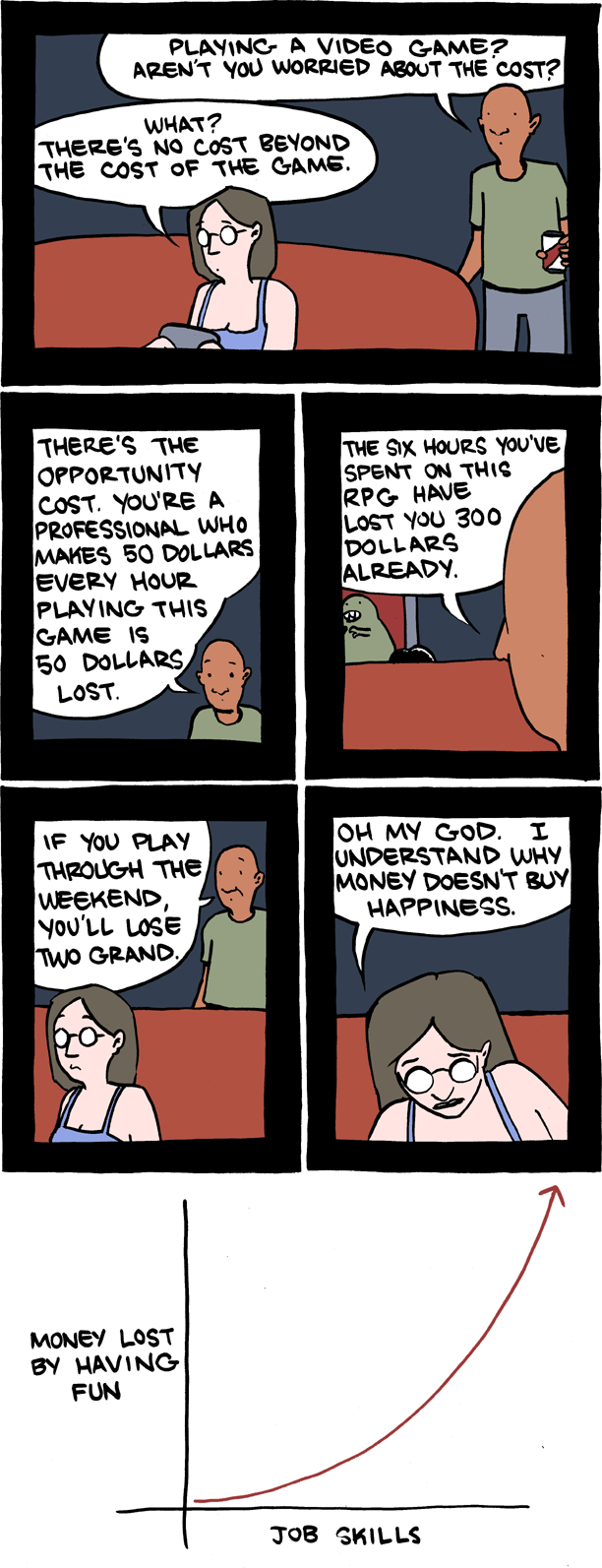Nine months ago, after six years of graduate and postdoctoral research on laser diodes, I took a job in the semiconductor industry.
Acquaintances of mine occasionally ask: "How's the laser business?" I then have to explain that I don't work with lasers anymore. I work in thin films. I'm almost apologetic about it because I know thin films sound much less sexy. Boring even.
But it's not boring at all!
Electronic chips are very complex and made up of lots of layers, layers that define where electricity goes from one point to the other. These chips are insanely intricate. The demand for better, faster, cheaper electronic things means these chips are only getting smaller and more intricate. I specialize in one layer, a very thin layer, that's used in the process of making these chips. This is called a thin film. And the process of putting it on there is called thin film deposition. This is what I do.
New semiconductor technology like 3D NAND involves lots of layers of very small dimensions
The leap from lasers to thin films wasn't so big. In school I studied
deposition for laser diode applications, using technique called MOCVD (metal-organic chemical vapor deposition). Doesn't matter what it's called. Basically I programmed a machine to deposit a bunch of layers on top of a sample. Then I tested the properties of the layers, and then I'd see if I could tweak various knobs on the machine to tweak the properties of the layers. When I thought I got everything right, I would make a laser diode out of it. I would make a laser out of the layers.
These days I still specialize in
deposition, but this time I'm using a different technique called ALD (atomic layer deposition). I still work on a machine that deposits layers and I'm still tweaking knobs and seeing how that changes the properties of the layers. That's it. No lasers.
 |
ALD process cycle deposits thin films one molecule at a time
Image from Oxford Instruments |
The nice part of working with thin films is I really get to dig in and focus on the deposition process and the various knobs on the machine and how they change the film properties.
The problem with working with thin films is they are SO THIN. We're talking tens of nanometers, which is getting down to the atomic level of things. When you're working with films that thin it's hard to even measure them accurately. Even basic properties like how THICK the film is can be hard.
So, in addition to knob-turning the deposition of thin films, I'm digging into different techniques used to measure them.
One of the ways we measure the thickness of thin films is with light. You shine a light at the film, and depending on how the light reflects off of it, you can derive how thick the film is. The phenomenon behind this measurement technique is thin film interference, which a lot of people learn about in undergraduate-level physics. Interestingly, this measurement can often involve a laser.
So that's what I do. I use a machine to deposit a thin layer on things. And then I measure properties of the layer by shining light at it. And then I turn knobs on the machine to tweak the properties of the layer. And when I get it right, we sell the machine to companies who use it to manufacture the electronic chips that go into computers, cell phones and tvs and such.
I also do other stuff. Like copy and paste datapoints in Excel. But that part is
actually boring.
Some related posts:





